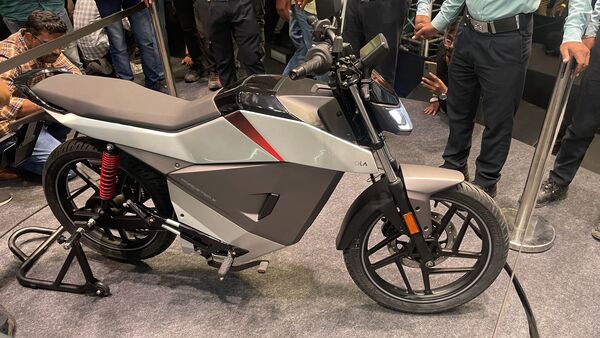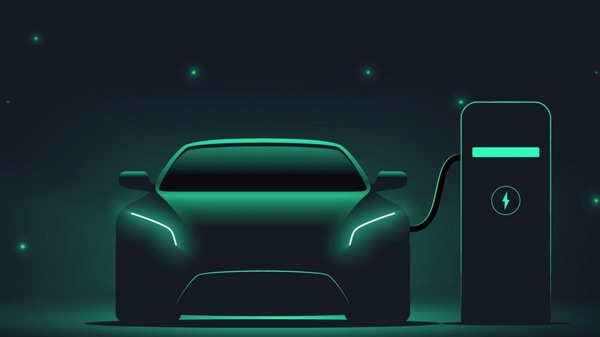
Should you buy a car with ADAS? Our buying guide reveals all
6 months ago | 5 Views
ADAS or Advanced Driver Assistance System is fast becoming common in most passenger vehicles across the world. And in India as well. Gone are the times when ADAS was the privilege of luxury vehicles with even vehicles in the ₹10 lakhs to ₹20 lakhs price bracket offering a variety of automated or assisted functions. But while much has been said about how ADAS can potentially enhance safety of a vehicle on the move, is it everything that it is touted to be? And is India, Indians and Indian roads truly ready to embrace the technology?
ADAS systems are broadly categorised into five levels, depending on capabilities and the software and hardware systems in place. Level 1 is ADAS at its most basic while Level 5 allows a vehicle to drive itself entirely without the need for any human occupant anywhere in the cabin. We have explained each of these five levels in our detailed ADAS explainer on the recently-launched Mahindra Thar Roxx.
Is ADAS absolutely essential in modern-day cars?
The short answer: no. The slightly longer answer: no. While not absolutely essential for a car to boast of ADAS at this point in time, having it can help in certain situations. Imagine driving down a straight expressway and engaging adaptive cruise control and lane-keep assist. The feedback from the steering and warning sounds ensure that the driver is alert instead of dozing off. Or even imagine getting a warning signal for traffic from behind when opening the vehicle door. These are nifty features for sure but not absolute essentials, right?
Essentially, a driver needs to be attentive at all times and this is true whether the vehicle is on the move or even when stationary. This has always been the basic thumb rule for motorists for decades and decades.
Is India ready for ADAS?
There is a raging debate on this in Indian automotive circles. With more and more cars coming with ADAS technology, buyers are often willing to pay extra for the upper variant which boasts of it. But while ADAS-enabled cars do increase safety quotient on paper, Indian roads are extremely dynamic with a varied mix of people, vehicles and even animals competing for space.
While ADAS can be great on expressways and only when used cautiously, congested city roads may not be suitable for every ADAS function. The cameras and radars that allow ADAS to function also often find it difficult to read signage on Indian roads. And there is never any real guarantee the motorist in front or behind will follow every traffic rule or norm, a critical factor for some of ADAS functions to work as intended.
Should you pay extra for ADAS?
Whether you should buy a car with ADAS or without it depends entirely on your budget. At present, it is better to invest in a car that has a solid structure, six airbags and drive-related safety features like Hill-Hold Control, Hill-Ascent Control, ABS with EBD etc.
If you have to stretch your budget for ADAS, it may not be a very practical thing to do. This is not to discourage anyone from spending on safety, just weighing the pros and cons of paying extra for ADAS.
Read Also: MG Astor Blackstorm vs Hyundai Creta Knight Edition: Which SUV gets more changes?
HOW DID YOU LIKE THIS ARTICLE? CHOOSE YOUR EMOTICON !
#




















